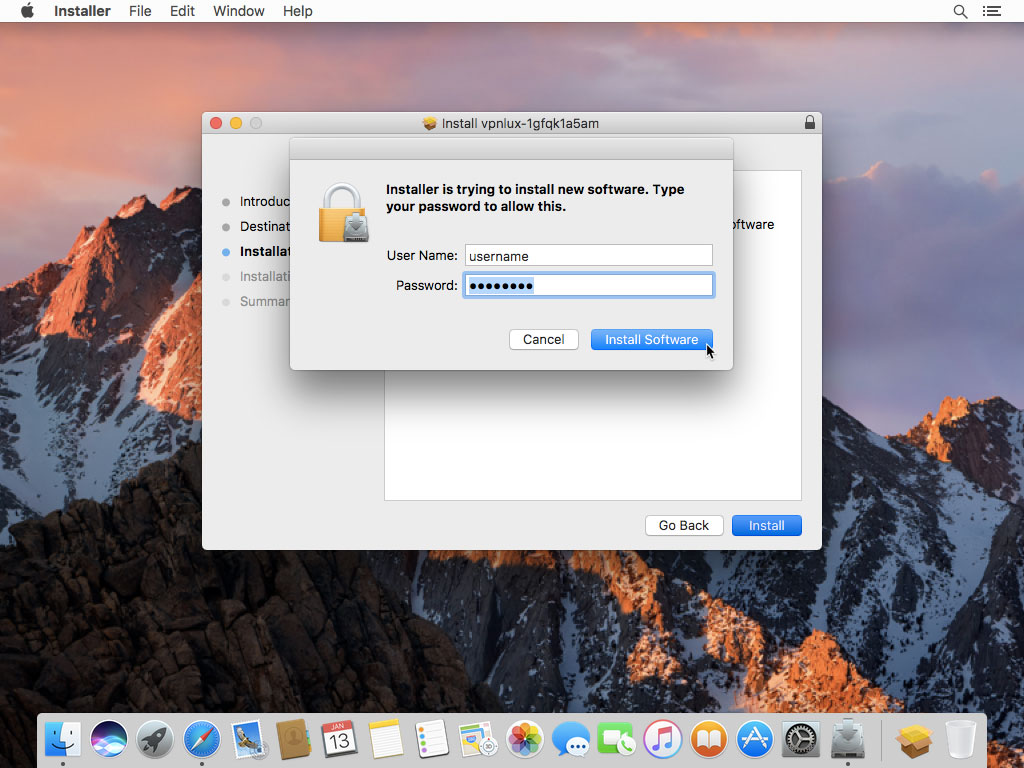
Don't forget to make startvpn.sh executable. Save the following two scripts as nf and startvpn.sh, respectively. Place them in ~/Library/openvpn.įor your key, copy/paste your static.key from the dd-wrt router into a file named secret.key. Iptables -I INPUT 1 -p tcp -dport 443 -j ACCEPT /sbin/iptables -t nat -A POSTROUTING -o eth0 -j MASQUERADEĬlient You will be creating 2 scripts and one key: nf, startvpn.sh and secret.key. Save that to Startup Scripts - Next, back in the blank box, we'll place the code for the firewall and NAT: Openvpn -mktun -dev tap0 brctl addif br0 tap0 ifconfig tap0 0.0.0.0 promisc up echo " -BEGIN OpenVPN Static key V1-END OpenVPN Static key V1- "> /tmp/static.key ln -s /usr/sbin/openvpn /tmp/myvpn /tmp/myvpn -dev tap0 -secret /tmp/static.key -comp-lzo -port 443 -proto tcp-server -verb 3 -daemon Server - Generate the static key: openvpn -genkey -secret static.key - Cat that key and place it in your clipboard - Open up dd-wrt's admin webpage, and go to Administration -> Commands. I also avoid using the default protocol and port (udp, 1194) and go with tcp port 443. We will not be using dd-wrt's GUI to enable or configure OpenVPN, but rather startup and firewall scripts in the /tmp directory. I hate the 192.168 subnet it's aesthetically unappealing and overused. So go download and compile these or use MacPorts.įirst thing is first, I changed the subnet on my wireless router.

Not because I'm leet, but because the network I was on blocked sync and I couldn't use MacPorts. I downloaded all of these then compiled and installed them myself. Server - A Linksys WRT54GL router - dd-wrt.v24_vpn_generic.bin (follow instructions on the website to flash from scratch.)Ĭlient - MacOS X Snow Leopard - OpenVPN v2.1.3 - tuntap_ - lzo 2.02 Network - No web proxy or a proxy that allows persistent connections. This solution can probably be way more automated using tunnelblick, but I'm alright with running a couple scripts (for now) to get my VPN going. I figured it out using a combination of webistes, including dd-wrt's OpenVPN wiki, OpenVPN's documentation, and.
OPENVPN FOR MAC OS X MAC OS X
It allows you to connect a Mac OS X OpenVPN client to an OpenVPN server using a static key. When you want to Disconnect the VPN, click on the Viscosity menu bar icon, and click on the connected server name.If you find yourself on a really restrictive network but still want to connect to a remote VPN, consider this solution. Step #13: After a few seconds, the VPN status should turn to Connected Step #12: Enter your FastestVPN Username and FastestVPN Password, check mark Remember and click OK.

Step #11: Right-click on your desired server name and click Connect Select TCP Files or UDP Files whatever protocol you want to connect to. Step #9: Go to the Fastestvpn_ovpn folder which you downloaded in Step 1. Step #8: On its Preferences Window, click + -> Import Connection -> From File Step #7: Now click on the ‘Viscosity’ icon on your menu bar and click Preferences.
OPENVPN FOR MAC OS X INSTALL
Step #5: Click on Install if the following message appears. Step #3: Open Viscosity and drag and drop it to the Applications folder. Step #2: Download the Viscosity VPN client for macOS from here. Step #1: Download FastestVPN OpenVPN (TCP and UDP) config files from here.

OPENVPN FOR MAC OS X FOR MAC OS X
OpenVPN for Mac OS X Using the Viscosity VPN Client


 0 kommentar(er)
0 kommentar(er)
